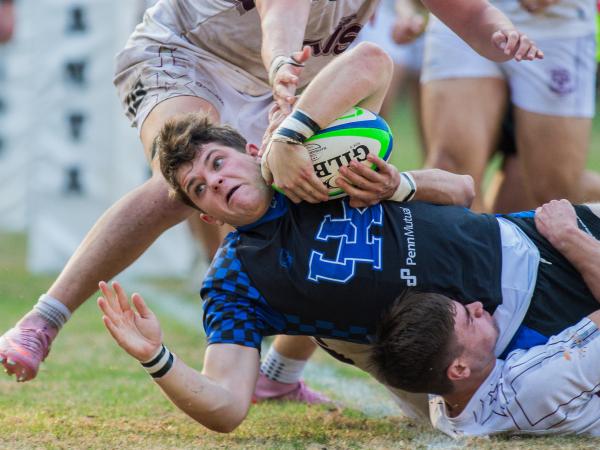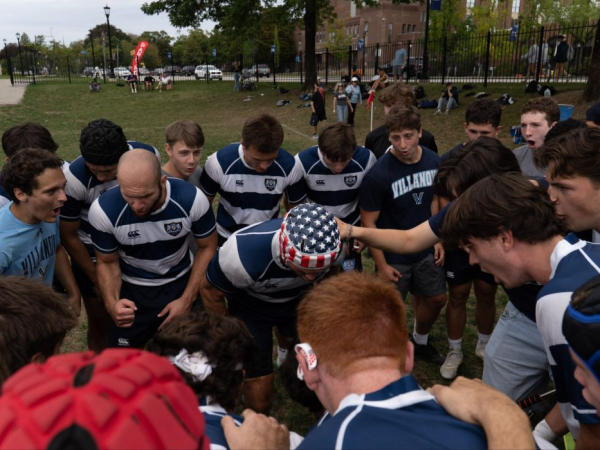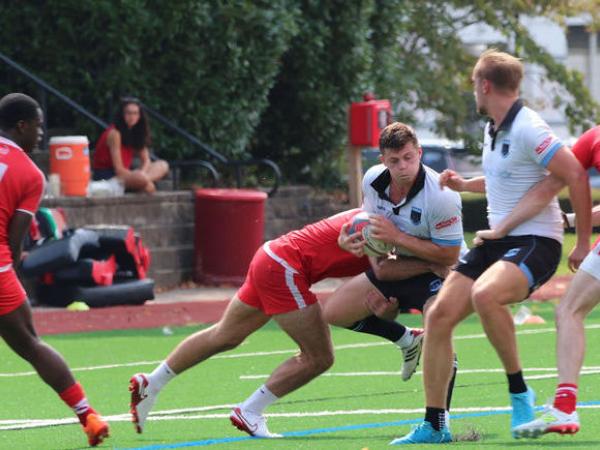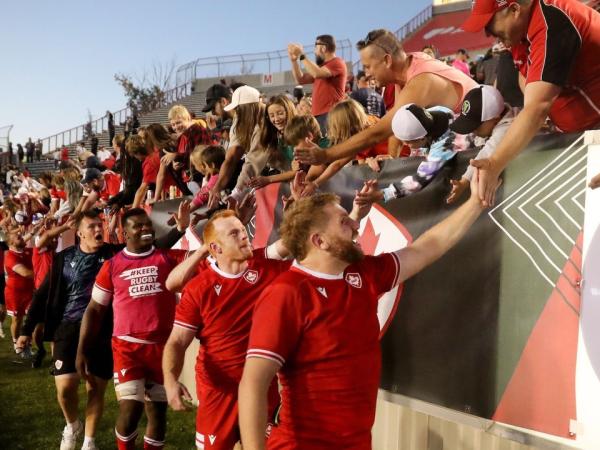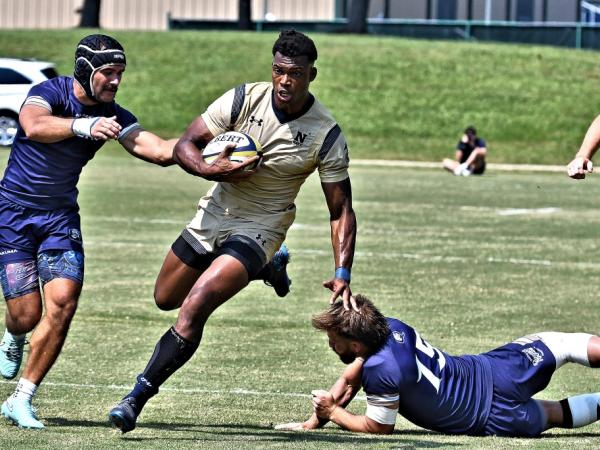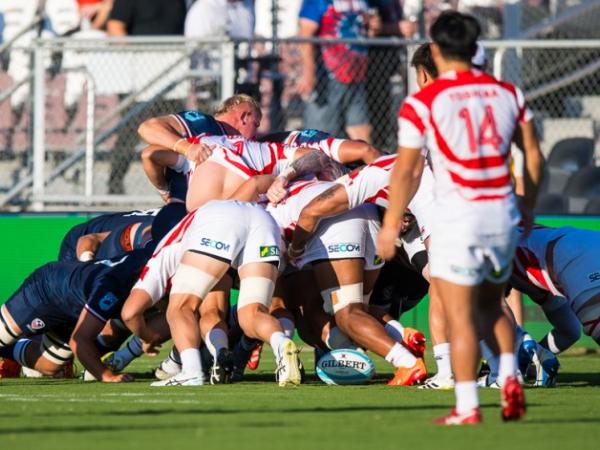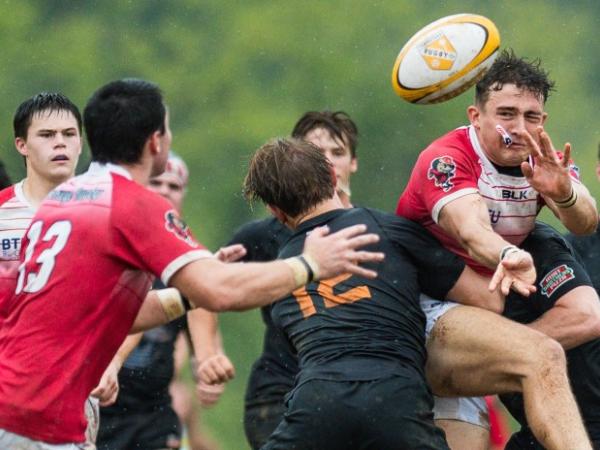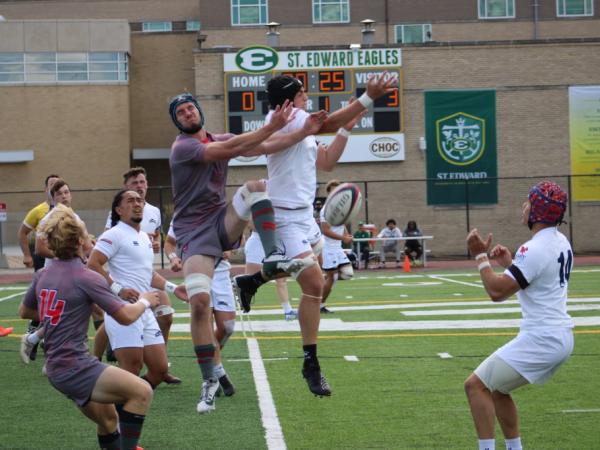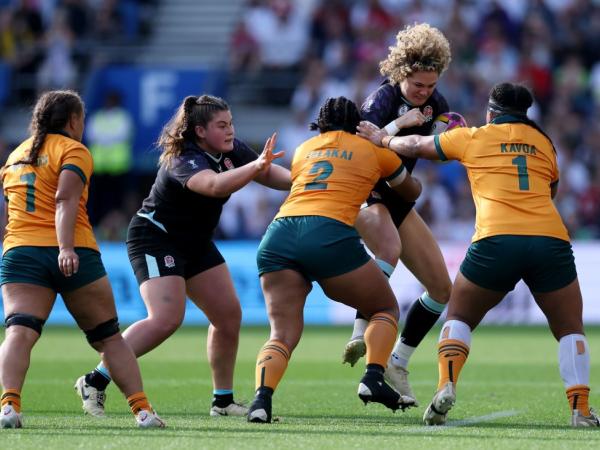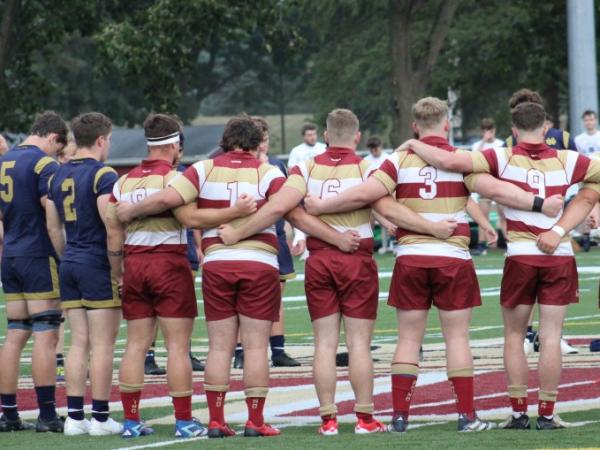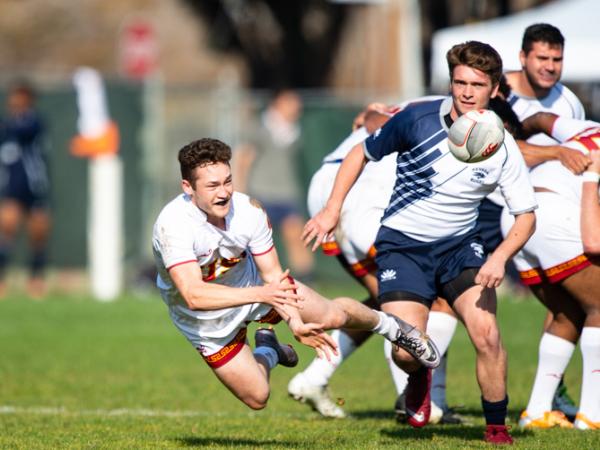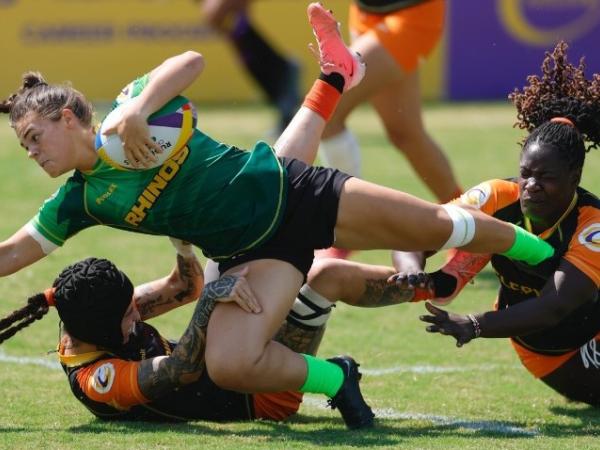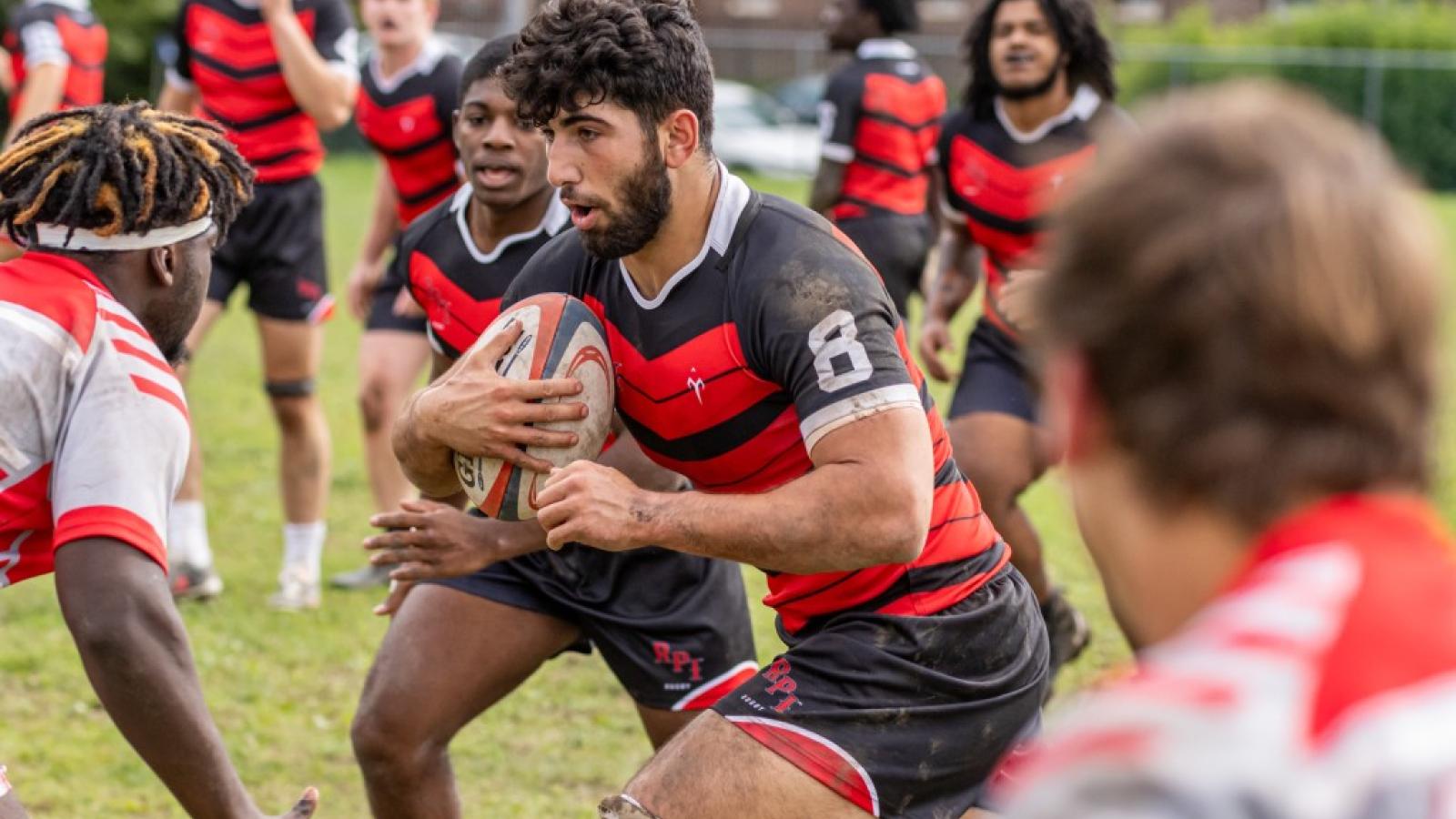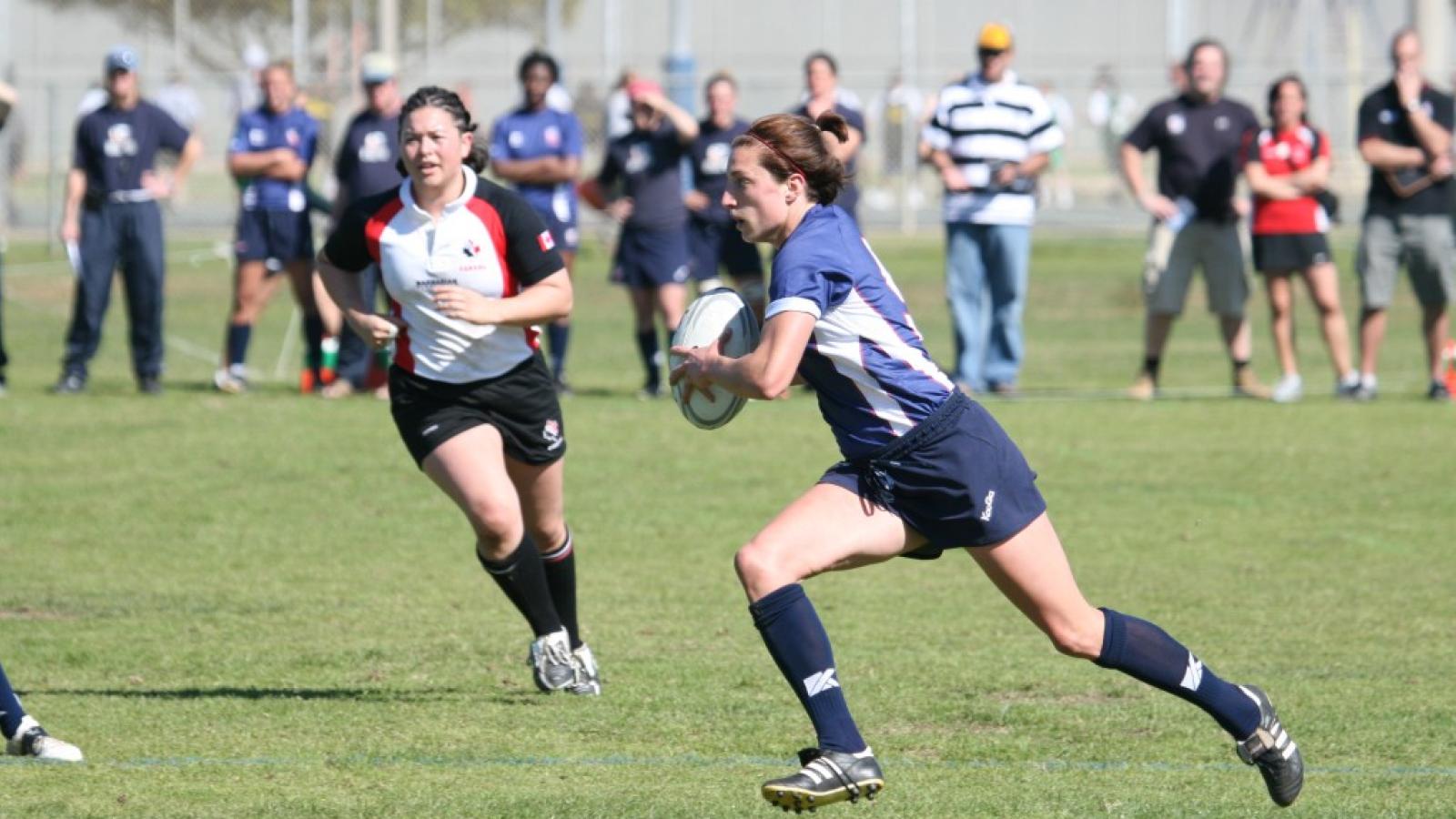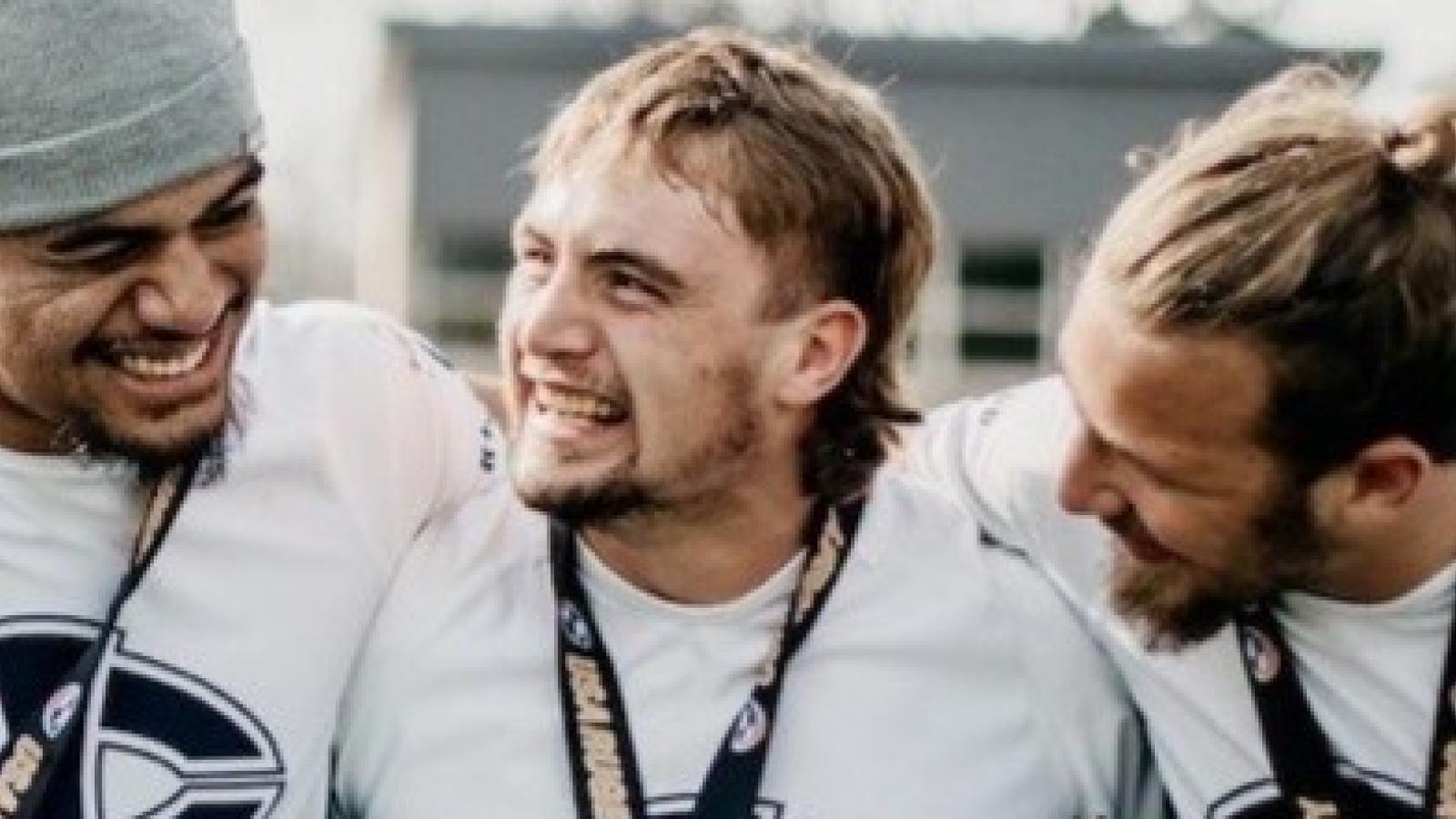Having written a column on the Men’s USA 7s team that is mostly optimistic, it’s time to switch teams, and switch tone.
Now we look at the Women’s USA 7s team, and their 11th-place finish in Dubai. Now, I know that the argument that Dubai is 12 hours different from the USA’s West Coast carries water with the men as well as the women. I know also that the USA women’s team had less time to acclimate to Dubai Time than the men did.
That explains some sluggishness on Day One of the Dubai 7s, and it would be nice if the players had been given more time to prepare nearer that time zone (Tbilisi? Yekaterinburg? Bujumbura? How about Paris or Rome? … although Tbilisi is cool because it’s completely overrun by feral - but friendly - cats).
But at some point you’ve got to look at what you see on the field, and make some assessments. Here’s what I see:
A Team That Can’t Score Tries
The Eagles scored six tries in their first four games. This is a crucial problem we identified following the Olympic Games last summer. They can’t seem to score tries against good, or even mediocre, teams. And against poor teams, like Brazil, a team the USA faced in the 11th/12th playoff, they still struggled. Sure they scored four tries, all in the first half, and then watched Brazil score three on them in the second half and put the fear of God into the Eagles.
The reason they can’t score deserve their own subheads, so let’s go there.
Pattern Recognition
Sorry, I don’t have it. I don’t really see an identifiable pattern as opposed to passing the ball around until somebody breaks a tackle.
Well, that’s not entirely correct. I see also a penchant for going into contact that makes no sense. Embracing contact in 7s works if you have size and power, and know how to use it.
Here, if you look at the selections, you see perhaps a semblance of a plan. Compared to the teams that finished 1st through 5th in Dubai, the USA compares favorably in height and weight. They are, in fact, the tallest of those teams - just under 5-8 on average while New Zealand and England were just over 5-7, and Canada at 5-5.
In terms of average weight, the Eagles were second behind New Zealand. Individually, they had the tallest player among that group (Cheta Emba), who was also the second-biggest. So they had size and height.
But They Didn’t Use It Right
The USA restart receptions were abysmal. There's no more pleasant word for it. They repeatedly let the restarts land on the ground. They had the height to jump for the ball, but didn’t have players in position to do so.
I like Emba a lot, and was impressed when I saw her at the pre-Olympic assembly in Olympia, Wash. I thought at the time, and after Rio, also, that the USA could have used her. Still think that. But she needs to be in the middle of the action, not on the outskirts.
In addition, if you want a player who concentrates on catching restarts and doesn’t give a crap about getting her clock cleaned, then Kate Zackary should be on the field.
And, finally, just because you’ve got a big team, doesn’t mean you should go into contact all the time. Your smaller players still need to be smart about that.
Strength and Conditioning
I was originally going to write that the USA team is not as big as other teams, and I was going to write that based on my observations, not the data. Why is it that I think they are smaller? Because they play smaller - they don’t look at strong in the tackle, they don’t break tackles, they don’t rip the ball free, they don’t crush opponents in the ruck. Why is that?
Individual Players
I don’t generally like to call out individuals, because I recognize they are, indeed, individuals, and I don’t really enjoy getting publicly criticized myself - no one does. However, I have to question the decision to make Lauren Doyle the captain of this team. Doyle has a lot to offer—she can run, she makes tackles, she’s aggressive—but she’s also a black hole of possession. She does not pass, ever. Look at the game footage, and you’ll see that Doyle, even when she was support with her, doesn’t pass. At one point, she tried to sell a dummy, which was laughable because a successful fake pass relies on the idea that the defense thinks you will, at some point, pass the ball.
Now, this is a problem in the offensive pattern of the Eagles to begin with - going into too much contact, getting yourself into penalty or turnover trouble because you’re going through so many rucks, all exacerbated by the fact that one of your starting backs won’t move the ball around. But when it’s your captain, it’s eight times worse. Now the person who’s giving you the “team above me” talks and trying to get everyone working together is the most selfish player on the field. Anyone with a passing knowledge of human nature knows that’s not going to fly.
Why Alev Kelter isn’t captain I’ll never know.
Conclusion
I see a lack of team cohesion in this USA squad, and I wonder if it’s because players are expecting one thing (an offload) and getting another (straight into the ruck). I see poor skill execution (bad kicks, passes that make runners stay flat-footed, letting restarts land on the ground). I see insufficient strength and aggression in a team that appears to be built to use it. And I see too many players, led by the captain, failing to pass.
With all that, 11th place seems fair and right.














